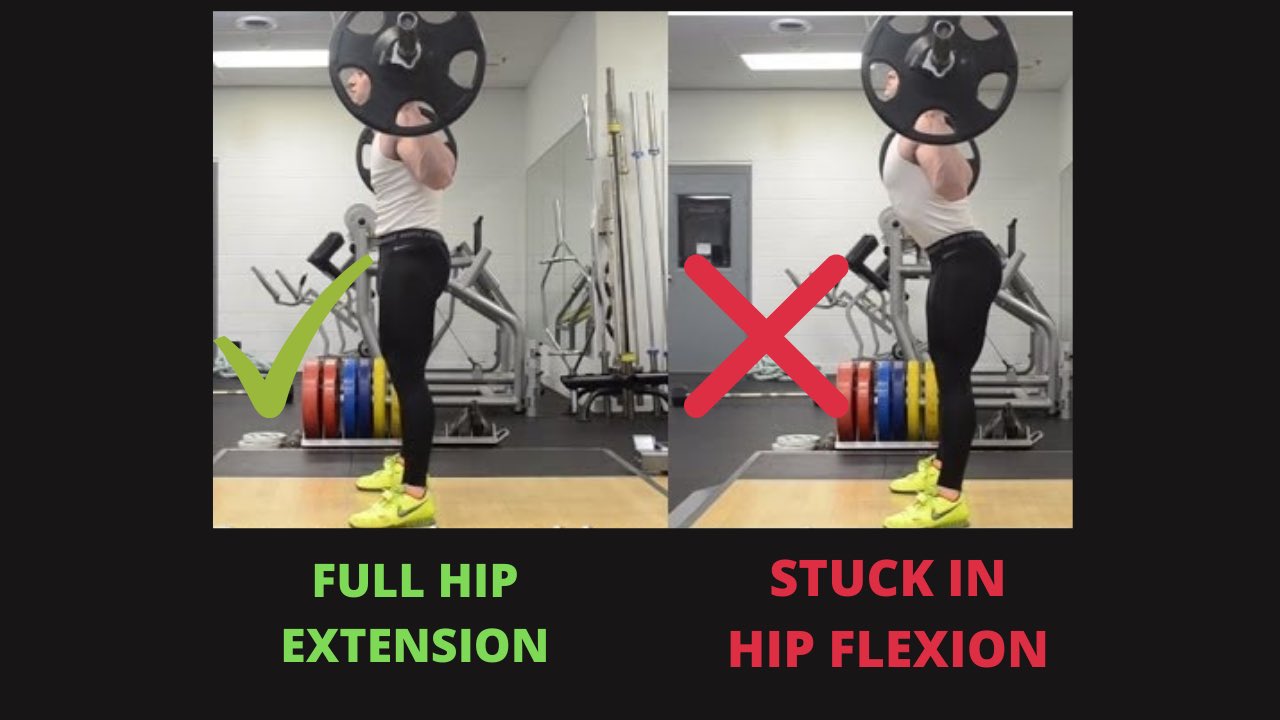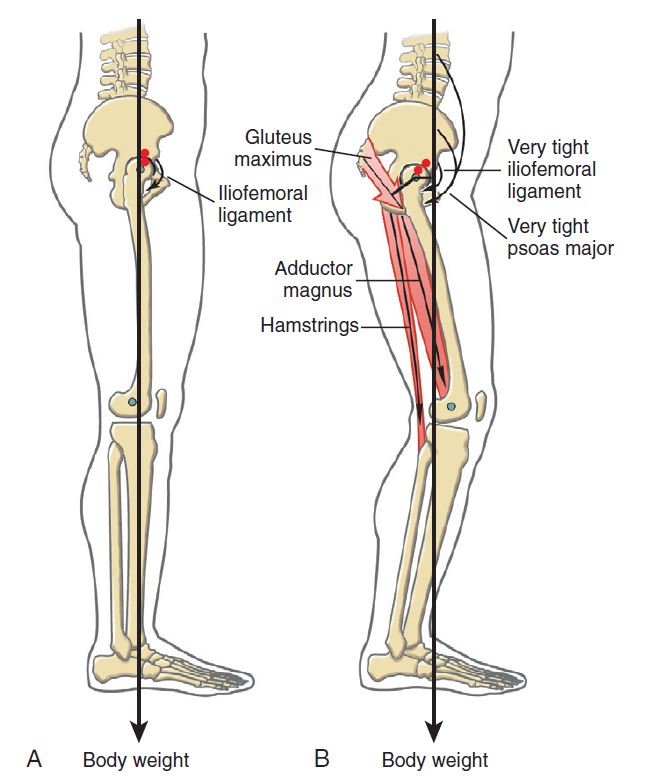The Ultimate Guide to Improving Hip Extension - Improve Posture & Performance
Nov 04, 2021
Hip extension is one of the most frequently missing qualities of many people – from the desk worker all the way up to high level professional athletes.
It has a significant role in many aspects of human movement:
- Force production
- Lower & upper body mechanics in walking (gait)
- Speed mechanics
- Posture
In this article, I’m going to discuss:
- Why we need hip extension
- Consequences of missing hip extension
- How to assess it
- What you can do to improve range of motion
Why We Need Hip Extension
Hip extension is, in essence, the ability achieve a position where the hip can move behind the center of mass of the body, or directly under it depending on the context.
The primary muscles that extend the hip are the gluteus maximus (glute max) and your upper (proximal) hamstrings:
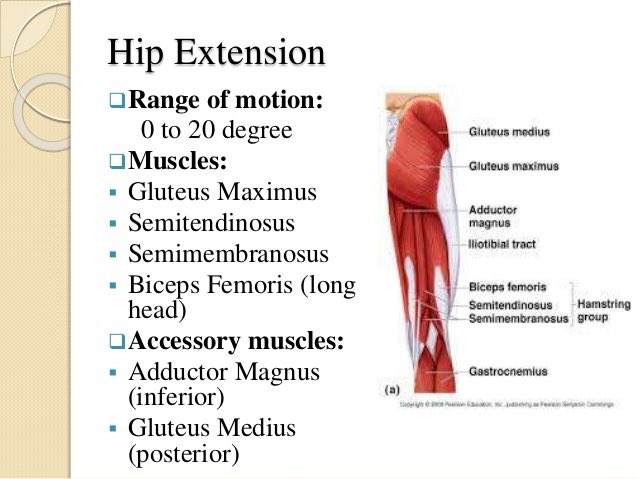
In addition, the adductors, specifically the Adductor Magnus and Longus, have leverage to create hip extension (and flexion) depending on the position of the hips and legs.
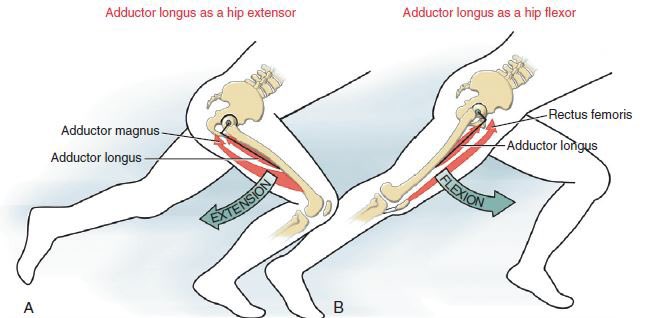
A general rule is that the more knee is bent (think squats), the glutes and adductors have more leverage to extend the hip. The more the knee is straight, the more leverage hamstrings have to extend the knee (think deadlifts).
In normal walking, hip extension begins to become more necessary as we strike the ground with our heel and transition to mid-stance phase (5-15% of the gait cycle), where we are loading all of our bodyweight on one leg.
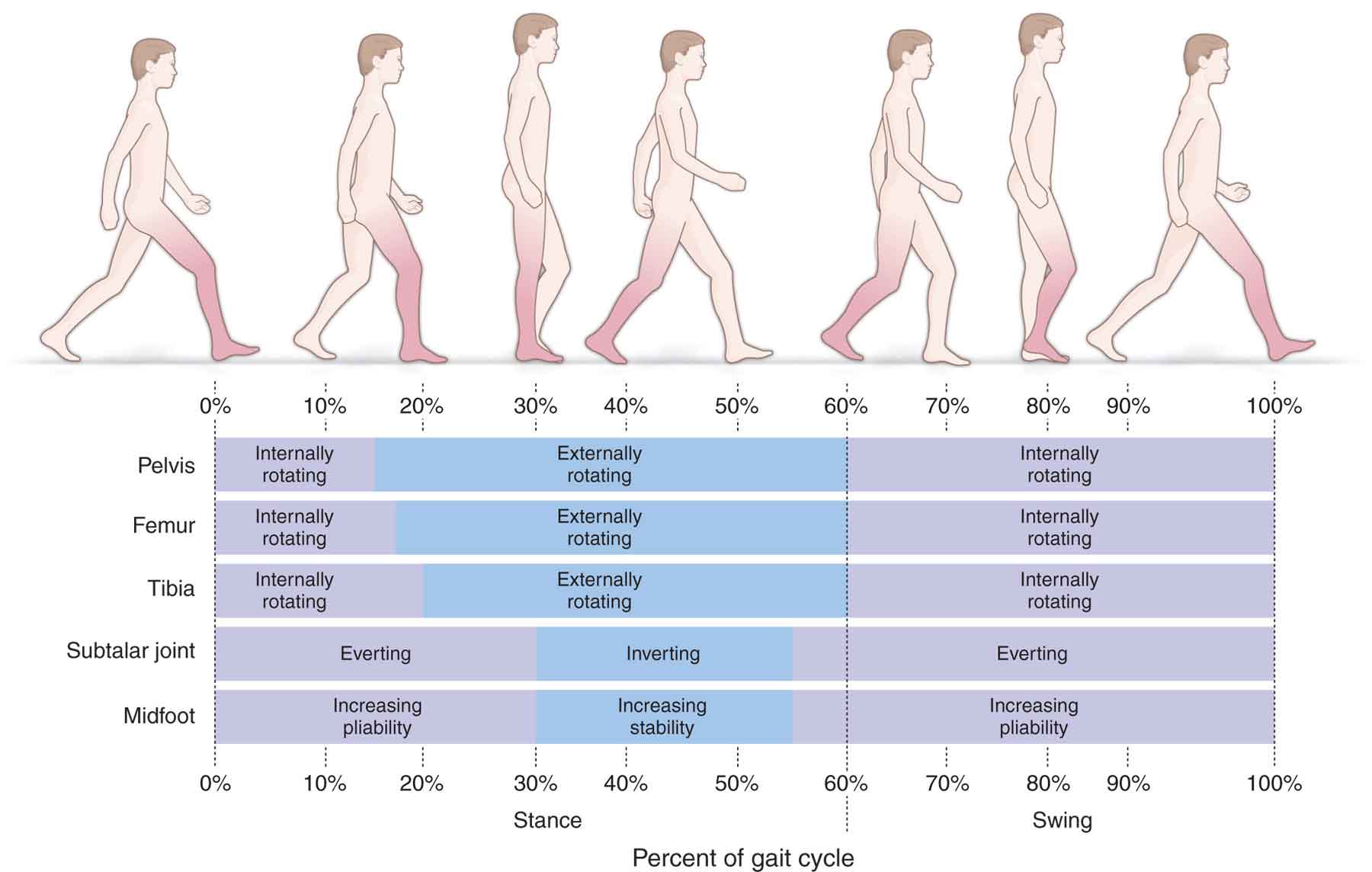
Extension is paired with internal rotation of the pelvis at this point of walking.
In running, this also occurs during mid-stance, just at a faster speed.
In the weightroom, we need to get our hips fully under us as we finish a squat or deadlift so that we can:
- Maximize recruitment of our glutes and hamstrings
- Avoid using our low backs to finish the movement
What Happens When You Don’t Have Hip Extension
Hopefully the last section helped illustrate the need for hip extension in so many daily and sport-specific tasks.
Here’s the kicker: Many people substitute knee or lumbar extension for hip extension. Think about it like this… if you didn’t have a necessary range of motion at one joint, where would you compensate to find it? Probably one joint higher (above) or lower (below).
It's a similar concept here – people are often times extending their knees too early and/or overly arching their backs in an attempt to find that extension we need for so many things.
Substituting Knee Extension
Take a look at the runners below. The runner on the right was measured as slower for several reasons, but notice how much sooner the leg locks out (extends) before the left runner:
This first runner is able to get their hips over their knees before the knee locks out, allowing them to project themselves more horizontally rather than vertically. If we are trying to go fast in a horizontal direction, it would make sense that this is the direction we want much of the force to be applied.
This can also take place in the weightroom as well:
View this post on Instagram
Substituting Lumbar Extension
A classic example of substituting lumbar extension is anterior pelvic tilt. In a normal standing posture, we need hip extension so that we can stand tall with our hips underneath our trunk. If we can’t do that, we will dump our pelvis forward into anterior pelvic tilt and potentially stress our low backs and pelvic ligaments over time:
Image credit: Neumann, 2010
Anterior pelvic tilt occurs for several different reasons and individual differences do exist, but the end result has similar implications for how it affects the body as a whole.
As mentioned above, this can also manifest itself in the weightroom via not finishing reps with the hips under the body. Take a look at my article here on how to improve that in terms of cues on those exercises.
Lack of Trunk Rotation & Stride Length
Hopefully you are aware that the lower body affects the upper body. “It’s all connected”, as I’m sure you’ve heard before. In order for our trunks to rotate during gait and running, we need the hip to fully extend behind us. If it can’t, our stride length becomes limited as well as our ability to shift in and out of each hip:
View this post on Instagram
How to Test Your Hip Extension
I like to use three primary tests to get an indication for how much hip extension someone has. The first is an Ober’s Test. This is a manual, two-person test, so this might not be something you can use, but it gives an idea of how much passive hip extension someone can achieve:
An alternative you can do on your own would be the Active Hip Extension Test. We are looking to see how much you can extend your hip before the low back compensates. The goal is the knee in-line with the hip and shoulder at the end:
Finally, I will actually measure the inverse of hip extension: Hip flexion. The reason for this is that it actually tests for hip extension as well on the passive leg. If I see someone’s leg lift off of the ground before they achieve full hip flexion (120 degrees), then I know their pelvis isn’t in a position that allows for them to do that.
Exercises To Improve Hip Extension
If you are limited in hip extension, don’t fret – Restoring hip extension is one of my priorities for many clients, so I have a had some time to develop a progression that works for most people very well.
I recommend starting at the beginning of this and only progressing to the next exercise once you feel like you can own the previous exercise and it becomes relatively easy. Here is the progression:
#1: Supine Cross-Connect
This exercise is designed to give you awareness of your upper hamstrings (often times a hard muscle for people to sense properly), while also learning how to control the tilt of your pelvis effectively with the glutes as well:
Exercise credit: Bill Hartman. https://billhartmanpt.com/
#2: Wall Stride
This is a great progression as it works more end-range hip extension, while absolutely cooking your glutes and hamstrings, yet it is still in a ground-based position that is easy for most people to manage.
Exercise credit: Zac Cupples. https://zaccupples.com/
#3: Half-Kneeling Lift-Off
Here we are beginning to make things a bit more challenging. Can you maintain full hip extension on the back leg without over-arching your low back? That is what we are working in a more difficult position to maintain without compensation:
#4: Wall-Referenced Hip Lock
This now requires full control of hip extension while working on external rotation mobility of the opposite-side leg. A difficult position, but extremely useful for athletes especially, as the hip lock position is one that is necessary to train that “hip extension before knee extension” quality.
Don't Forget To Load!
After achieving the ability to get more hip extension, I strongly encourage you to work those muscles through a full range of motion so that you can own your newly gained mobility. This will allow us to maintain proper positioning under stress (load) so that we can create adaptations that last.
#1: Rack Supported Single Leg Hinge
This is a great way to get full hip extension in a position that is easy to stabilize in while cooking your hamstrings and glutes:
#2: Step-Up
We are now loading hip extension in a vertical plane of movement. This is ideal for jumping and more vertical force production:
#3: Landmine Singe Leg Hip Thrust
This is loading full hip extension in a horizontal plane of movement. This is ideal for those who want to improve speed and horizontal force production:
Bonus: Adductor Hip Lift
The adductors, as mentioned above, also are primary hip extensors in certain contexts. Training them to extend the hip is very important for full development of all muscles involved in this range of motion:
Summary
Hip extension is massively important for not only lower body movement, but upper body movement and posture as well.
Whether you are a desk worker or an elite 100m sprinter, restoring hip extension can have a huge benefit for your movement and how you feel on a day-to-day basis.
If you want more exercises for helping restore this and improving your movement, check out my No B.S. Guide to Anterior Pelvic Tilt for a significantly more extensive progression.
Don’t miss out on free education
Join our email list to receive exclusive content on how to feel & move better.

